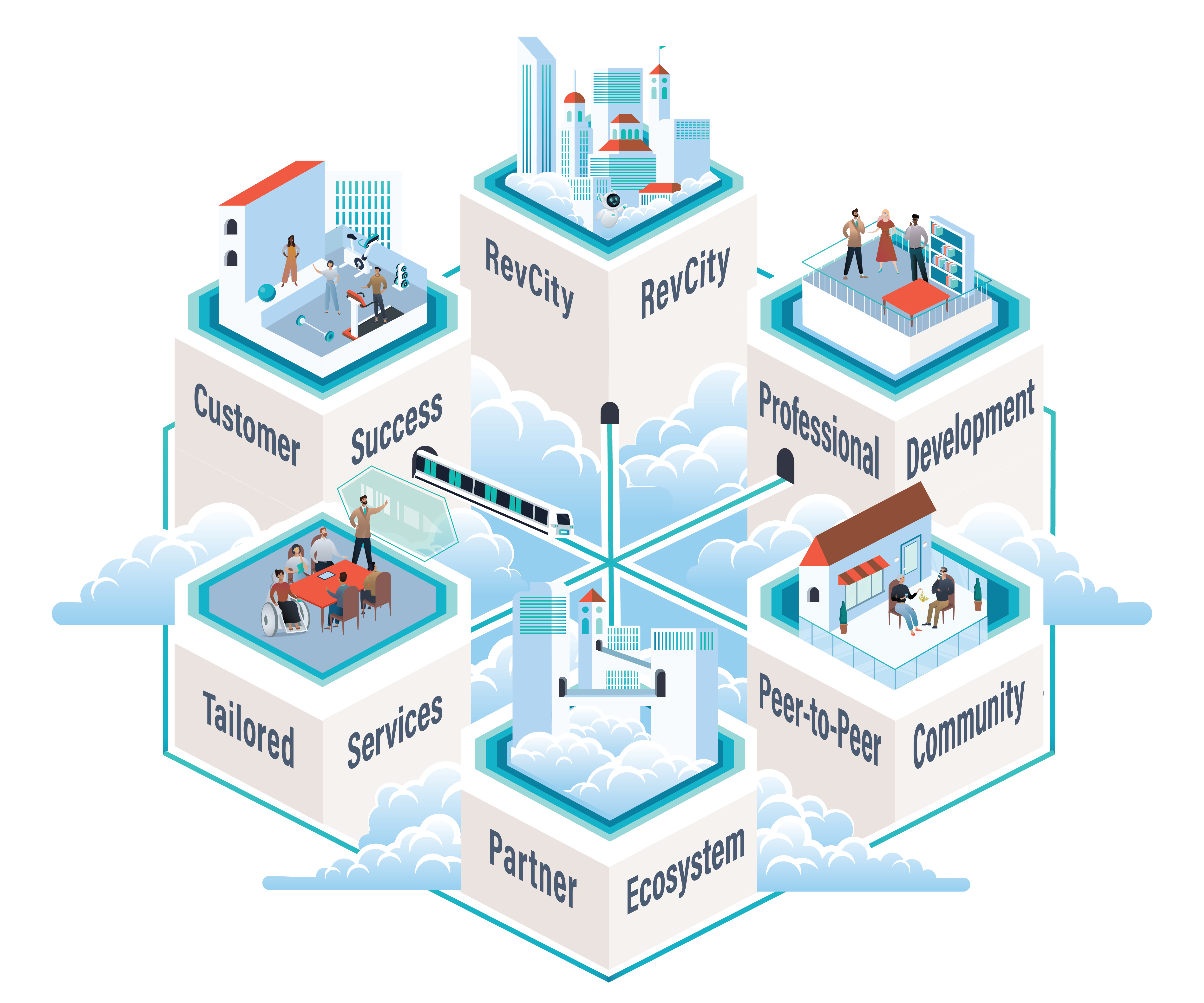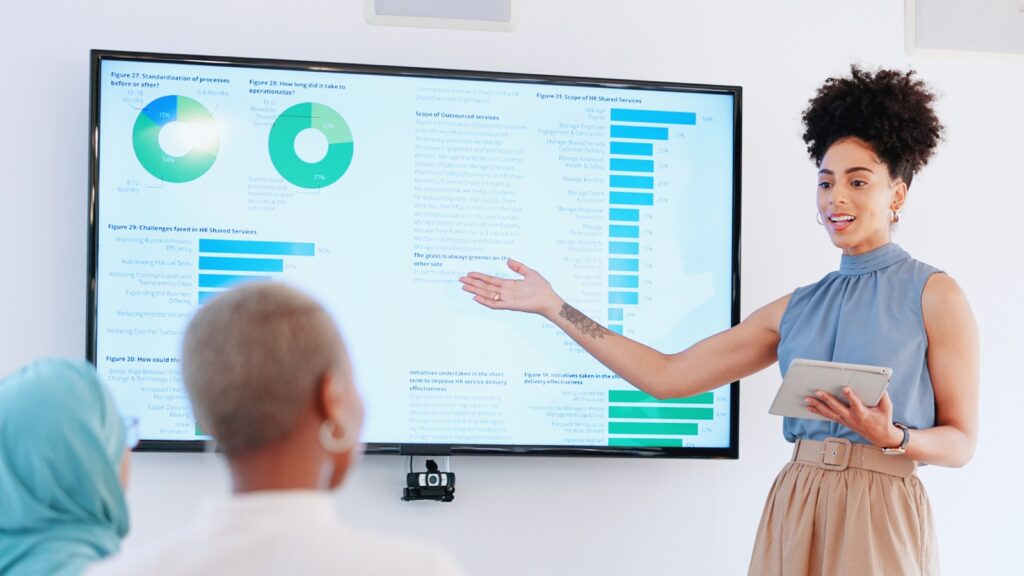What is a Sales Funnel?
A sales funnel is a visual representation of the customer journey, from initial awareness of a product or service all the way to purchase.
It outlines the steps a customer goes through to convert, such as researching a product online, contacting a salesperson, and signing a contract. The funnel helps marketers and salespeople understand how customers interact with their business, recognize how to engage them across the customer’s buying journey, and ultimately win more deals.
Stages of the Sales Funnel
The sales funnel consists of four main stages:
- Awareness: The first stage is where potential customers become aware of a company’s brand and products. At this stage, marketers use various techniques to reach their target audience and create interest in their offerings, often by seeking to educate potential buyers about the challenges they are facing and potential solutions.
- Consideration: Potential customers start to evaluate different options available in the market that can fulfill their needs. Businesses should demonstrate the value of their products and services to help customers in the decision-making process.
- Decision: Customers are narrowing down their choices and beginning serious consideration of specific options. At this point in their journey, they are likely to welcome outreach and may even begin filling out forms to request demos.
- Purchase: Customers make a purchase decision. Businesses need to provide seamless customer service and a smooth buying experience to ensure customer satisfaction.
- Retention/Expansion: Even after a prospect becomes a customer, businesses must continue exceeding customer expectations to prevent churn. Businesses should also look for opportunities to expand their relationship with customers by selling additional solutions.

How to Build a Sales Funnel
Developing a sales funnel helps to understand prospect engagement and behavior as they move toward a purchase. While every funnel and process looks different, there are common steps to take to make sure it adequately serves its purpose.
- Understand target customers and their problems, needs, and expectations.
- Establish goals for each stage in the funnel, like generating more leads, newsletter subscriptions, or purchases.
- Qualify leads to verify interest and intent to buy based on certain criteria.
- Nurture prospects with relevant and educational content to show authority and build trust.
- Offer a product demonstration, limited product trial, or discounted price to close the deal.
- Measure results of efforts and identify missed opportunities and areas for improvement — and adapt the approach as needed.
Sales Funnel vs. Sales Pipeline
Both sales funnels and sales pipelines represent important functions within the sales process. Each plays a different role in sales operations.
- The sales funnel is a visual representation of the customer journey from initial product awareness to post-purchase follow-up, while the sales pipeline is a linear model of a sales process that covers all the stages from prospecting to closing.
- The sales funnel focuses on the customer journey, while the sales pipeline is focused on the sales representative and their progress through the sales process.
- The sales funnel is a dynamic and iterative process, while the sales pipeline is a linear process with fixed stages.
| Sales Funnel | Sales Pipeline |
| Visual representation of customer journey | Linear model of the sales process |
| Focuses on customers | Focuses on salespeople |
| Dynamic and iterative | Linear with fixed stages |





